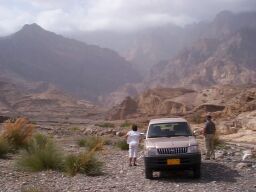
 |
At the end of the Wadi Dayqua. |
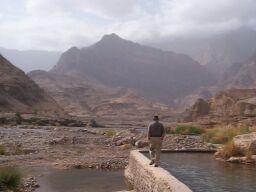 |
Walking along the falaj. |
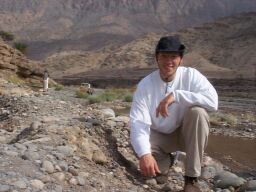 |
Poser. |
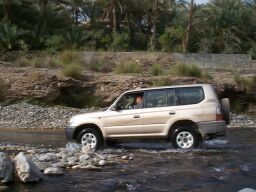 |
Driving back to Qurayat. |
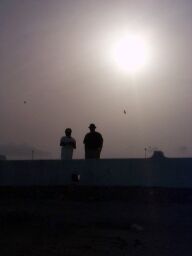 |
Rosemary and my father at Qurayat. |
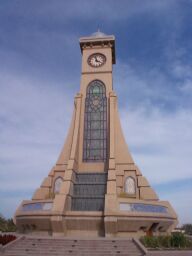 |
The clock tower at Sultan Qaboos University. |
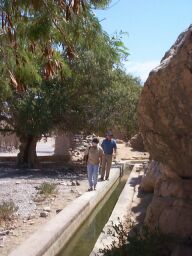 |
Walking along the falaj in Tanuf. |
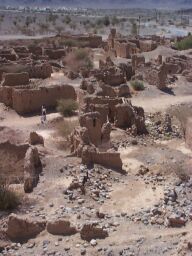 |
Walking through the Tanuf ruins. |
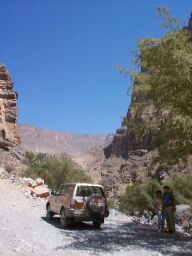 |
The end of the wadi behing Tanuf. |
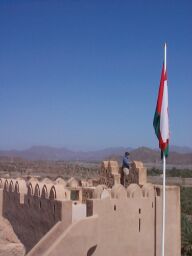 |
In the watchtower. |
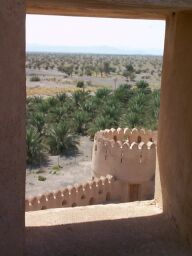 |
Looking out onto the plains of Jabrin. |
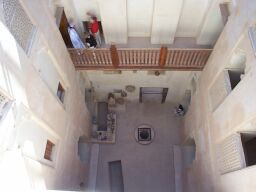 |
Looking down one of the main courtyards. |
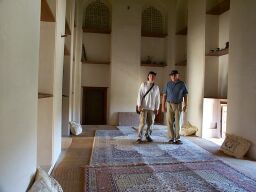 |
In a storeroom. |
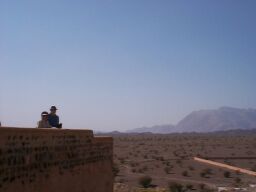 |
At the top. |
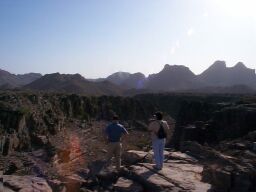 |
At the wrong ravine. |
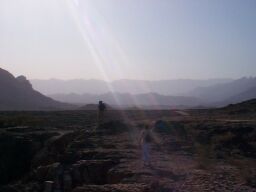 |
Walking across the broken ground beyond the ravine. |
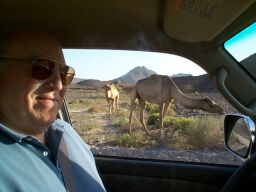 |
Camels. |
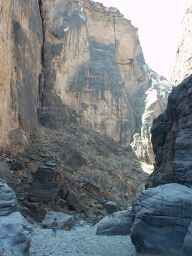 |
In a ravine. For a sense of scale, my father is at the bottom of the picture. |
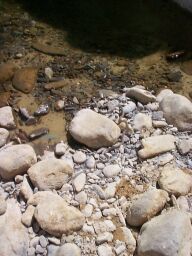 |
A snake sunning itself beside one of the pools. I didn't try to pet it. |
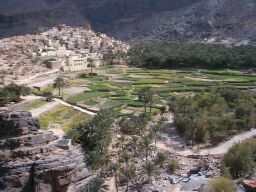 |
The terraces and buildings of Bilat Sayt. |
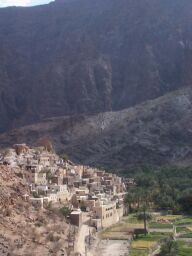 |
The canyon walls beyond the town. |
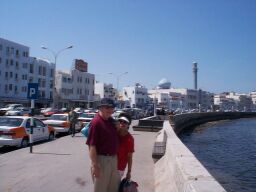 |
Along the Mutrah waterfront. |